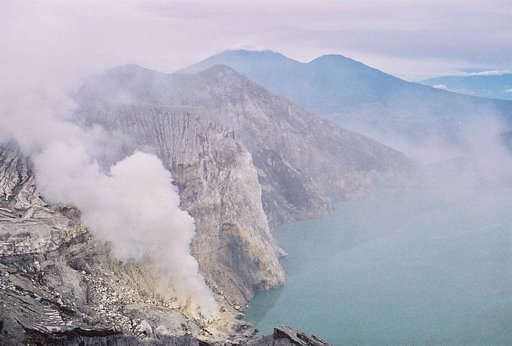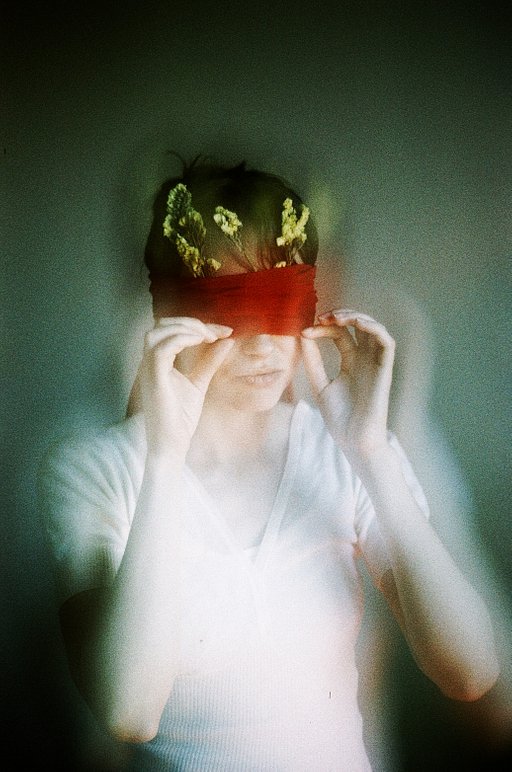Polishing Photographic Skills with a Pinhole Camera
3 Share TweetThe old technology that is the pinhole camera served as the foundation of cameras with lenses, even Louis Daguerre’s daguerreotype. The pinhole camera teaches what the usual film or analogue camera cannot—the technicalities of the camera obscura and the principle of photography.
Understanding the camera obscura
It is important to understand that one of the earliest variations of the camera obscura was that of a no-lens box with a pinhole as its aperture. Many professional and amateur photographers now simply point and shoot through the ease of that the digital medium provides. The camera obscura (the dark chamber) was the founding principle of photography.
Pinhole camera designer David Balihar writes, “A pinhole camera, also known as camera obscura, or ‘dark chamber’, is a simple optical imaging device in the shape of a closed box or chamber. In one of its sides is a small hole which, via the rectilinear propagation of light, creates an image of the outside space on the opposite side of the box.”
In essence, the pinhole camera is the camera obscura in its simplest form. Learning pinhole photography will give the photographer a better and technical understanding of the photographic medium in general.
Mastering the behavior of light

There is very little to tinker with in a pinhole camera, with only the speed of light (shutter speed) available for control. It is basically more manual than the average lens camera. And since the pinhole camera is the simplified version of the camera obscura, pinhole photography will push the user to understand how light turns into an image.
Artist Kelli Anderson, who made a pop-up pinhole camera, says in an interview with Adobe:
The reason a hole in a lightproof box can perform a function similar to real photographic equipment is due to light’s intrinsic tendencies. Light steadfastly moves in a perfectly straight line. In a normal environment, light beams bounce around ambiently—their cacophony of trajectories eager to fog a piece of photographic paper with a muddy multitude of images. A pinhole quarantines an image-carrying beam from competing light.
The ‘fun’ element in photography
Nowhere does pinhole photographs reach the standard quality of photography now, but the camera does have its unique qualities (such as its natural vignetting, easy multi-exposures), hence the preferred medium by most Pictorialists. Even now, pinhole photography remains an alternative medium among photographers and artists.
Robert Hirsch of Mastering Photo writes:
The pinhole camera has infinite or universal depth of field, because it creates circles of confusion that are about the same size as the pinhole all over the inside of the camera. These tiny circles of confusion are small enough to be considered points of focus that have enough resolution to form a coherent image. This means that everything from the foreground to the background appears to have the same degree of sharpness. This uniformly soft, impressionistic image is characteristic of pinhole photographs.
Apart from artistic expression, a pinhole camera is also handy for viewing solar eclipses. NASA even published an article about making a pinhole camera.
One of the fun things about the pinhole camera is do-it-yourself ease. Anyone can create a pinhole camera from scratch, making the whole learning experience more meaningful.
What is your favorite thing about pinhole photography? Hit us up on the comment box below!
written by Ciel Hernandez on 2016-04-24 #tutorials #lifestyle #pinhole-photography #tipster #pinhole-camera #camera-obscura #art-lesson #worldpinholeday2016 #worldpinholephotographyday2016





















No Comments